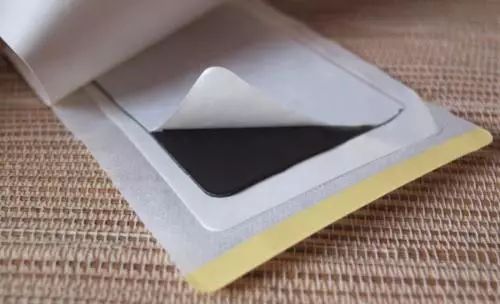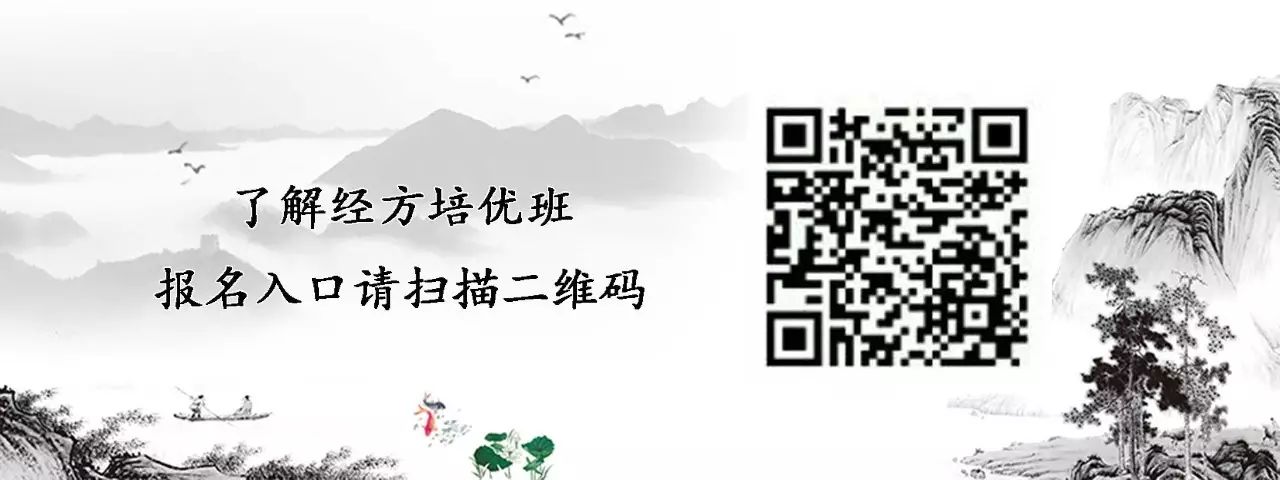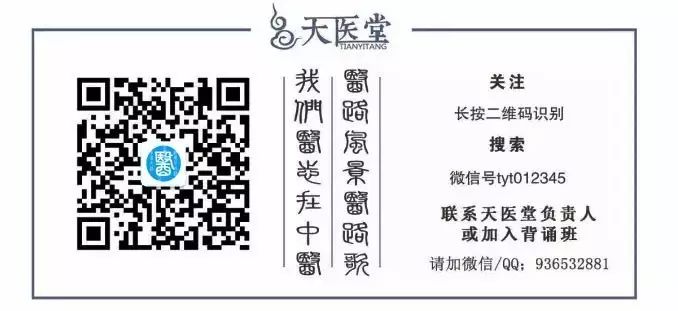
Introduction
Plasters are one of the five major forms of traditional Chinese medicine (TCM) preparations—pills, powders, plasters, pastes, and decoctions. Historical medical texts from the Warring States and Qin-Han periods, such as the Huangdi Neijing (Yellow Emperor’s Inner Canon), Shennong Bencao Jing (Shennong’s Classic of Materia Medica), and Nanjing (Classic of Difficult Issues), all contain references to plasters. TCM hospitals often utilize external applications of Chinese herbs, which involves grinding herbal medicines and mixing them with honey, petroleum jelly, or other bases to form a soft paste that is then applied externally and secured with cotton paper or bandages, with dressings changed every 24 hours, resulting in relatively high costs. Each plaster can be used for 3 to 15 days, and after removal, it can be reapplied without affecting its efficacy, thus making it more economical.

The Origin and Development of Plasters
The term “plaster” refers to a viscous substance. Plasters are a type of preparation that exists in solid, semi-solid, or semi-fluid forms at room temperature. They consist of two parts: the medicinal ingredients and the base (though some may not use a base). Miao Xiyong in Paoyan Dafa states: “the plaster is a thickened paste“; Gong Yunlin in Shoushi Baoyuan says: “the plaster is a glue”; both reflect the form of plasters.
Plasters are an ancient form of preparation in traditional Chinese medicine, with a long history. As early as in the Shanhaijing (Classic of Mountains and Seas), there are records of using goat fat for application on the skin to prevent cracking, which can be considered the most primitive form of plaster; the Huangdi Neijing mentions “pig fat,” stating, “when a carbuncle appears in the throat… apply pig fat, eat cold food, and it will be resolved in three days… applying pig fat, it will be resolved in six days.” In the Neijing: Zhizhen Yaodalu: “rub it, bathe it, thin it, press it, open it, and release it, according to the situation.” The terms “rub it” and “thin it” refer to the origins of later plasters. During the Northern and Southern Dynasties, plasters were referred to as “plaster formulas” or “thin applications.” In the Tang Dynasty, there was also the term “rub plaster.” In the Ming and Qing Dynasties, the term “decoction” from the Tang Dynasty was changed to “plaster paste” or “plaster,” incorporating it into the category of plasters, thus enriching the variety of plasters.
With the development of history, the uses of plasters gradually expanded, not only for external diseases but also for internal diseases. Qing Dynasty scholar Wu Shiji in Lilun Pianwen specifically discussed the formulas, applications, and preparation techniques of plasters, creating types such as white plaster and rosin plaster. In recent years, with the rapid development of transdermal drug delivery systems (TDDS), the application range of external plasters has become even broader.
Characteristics of Modern Plaster Formulations
Formulation is crucial. Emphasis is placed on pulse diagnosis and pattern differentiation. Attention is given to individual constitution, tailoring the medication accordingly. Harmonizing qi and blood, yin and yang, aiming for balance. Regulating the spleen and stomach’s rising and falling, aiming for nourishment. Intentionally combining tonification and harmonization, integrating movement and stillness.
Most are compound formulas: combining classic formulas and surrounding formulas; not limited to tonification; considering disease, symptoms, and constitution; recognizing the progress in understanding diseases, not limited to autumn and winter.
Plaster Formulations Must Be Symptomatic
Plaster formulas can be tonifying, but the selection of tonics is critical. When it comes to tonics, careful consideration is required. For example, Ren Shen (Ginseng) has the hot nature of Hong Shen (Red Ginseng) and the neutral nature of Sheng Shai Shen (Fresh Ginseng). The former has warming and nourishing properties, suitable for those with yang deficiency and cold symptoms; for those with spleen and stomach deficiency, insufficient yang qi, pale complexion, abdominal distension, soft abdomen, and cold hands and feet, it is more appropriate. The latter nourishes qi and yin, suitable for those with yin and blood deficiency, and qi and yin insufficiency; for example, after excessive sweating leading to yin fluid depletion, after bleeding leading to yin deficiency with heat, and for dry cough due to lung dryness, thirst due to stomach dryness, and dry retching, it is most suitable.
Thus, selecting the right tonics is a profound science. Some hospitals stipulate that only physicians with the title of associate chief physician or above are qualified to prescribe plaster formulas, which is based on the complexity and specificity of plaster prescriptions.

1、Article: Author: Xiao Xiangru,Editor: Wang Chaokun。
2、This platform aims to disseminate knowledge of TCM culture, copyright belongs to the relevant rights holders, respecting knowledge and labor, please retain copyright information when reprinting. If there are any improper uses, please feel free to contact us for negotiation. Contact (WeChat): 936532881
3、We welcome everyone to submit articles, submission email: [email protected]


